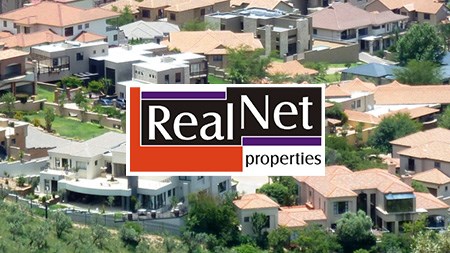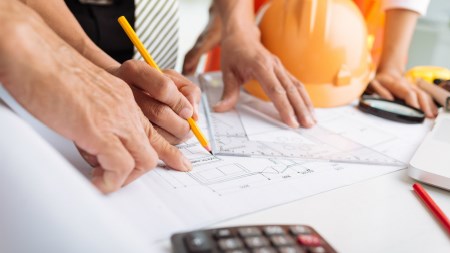Home owners who invest in expanding their homes to include a second dwelling such as a granny flat or cottage stand to gain significantly - if planned cost-effectively.
Choosing not to leave home after completing studies have become a common decision amongst many millennials, giving larger properties with granny flats and cottages a chance to make an exciting comeback.
“These additional spaces, especially when they include a kitchen and a bathroom, are of course also a plus for families that wish to accommodate older relatives, or need to generate some extra income to help pay their bond now that interest rates are rising,” says Jan Davel, MD of the RealNet estate agency group.
“And they definitely do add value when the time comes to sell the property, but homeowners who are currently thinking of building a new granny-flat or cottage must first make sure that they have proper building plans drawn and obtain approval from their local authority for a second dwelling on their stand.”
What is a second dwelling?
Defined by most local authorities in South Africa, a “second dwelling” is considered any space with a separate kitchen area that could potentially be used to generate rental income.
According to Davel, “It can be a separate building on the property or an addition to the existing home, but in order to be approved must usually have its own entrance, bathroom, bedroom and living areas as well as a kitchen. It must also have the same owner as the primary dwelling – that is, it cannot be sold off as a separate home.”
Finding the right spot
Building an attractive place also works in your favour. “Having a cottage too close to the outdoor entertainment area or a granny-flat with an obstructed entrance may reduce the sale potential of the property. And you need to make sure that there will be sufficient parking space” explains Davel.
Consulting a town planner before starting any construction can come in handy to formulate the most cost effective way to connect the new dwelling to the council’s existing electricity, water and sewerage infrastructure, and to assist with getting the plans approved.
“At the same time, it’s important to get quotes from reputable builders in the area so you can estimate what your project is likely to cost – and then ask a knowledgeable local estate agent to help you work out whether the addition would add sufficient value to the property to justify this expenditure” says Davel.
Calculating the costs
Being mindful of your budget is a key part of the entire process. “if you’re considering a rentable space, you should also talk to your local agent about whether there would be demand for a granny-flat or cottage in your area and about finding the right tenants.”
“Remember that the rent needs to be reasonable as well as profitable, and make sure that you include the estimated additional water and electricity usage in your calculations (or the cost of installing separate or pre-paid meters), as well as any ‘extras’ such as DSTV or internet costs. Rental income is also taxable so you should make provision for that too” reminds Davel.
In short, homeowners who take care when creating a second dwelling stand to gain a significant increase in the value of their property in the long term, but need to make sure it will be a cost-effective investment in the interim.




